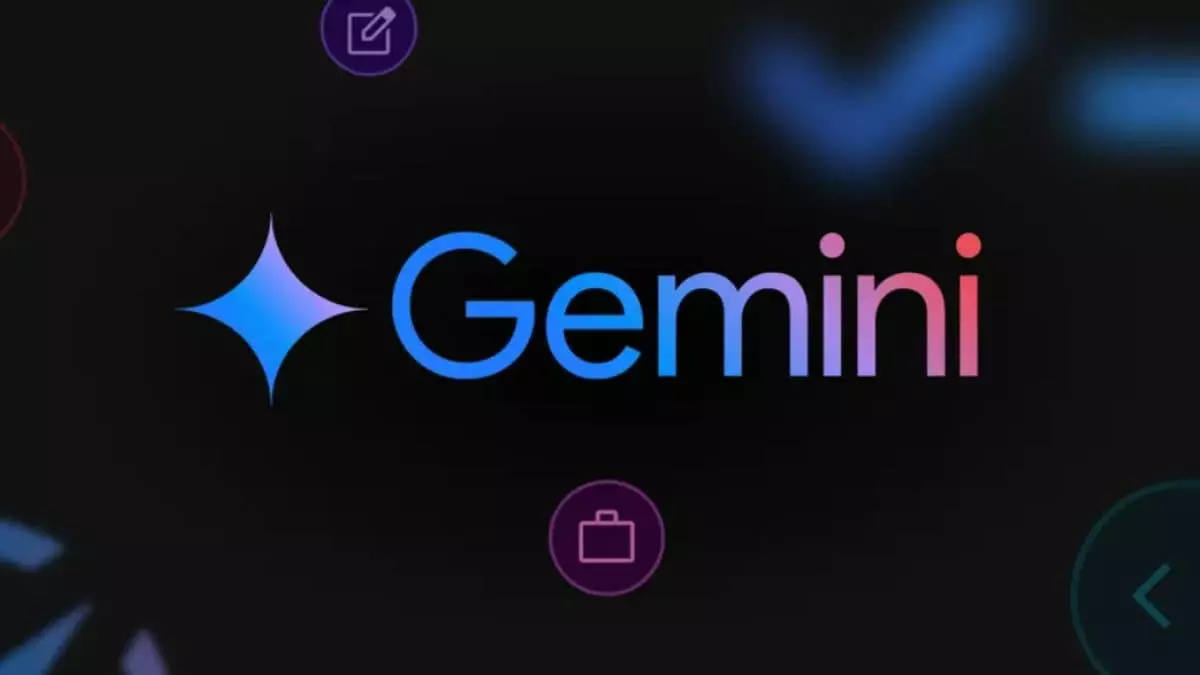In a bid to enhance usability and improve user experience, Google has made minor yet significant design adjustments to its artificial intelligence chatbot, Gemini. These changes, affecting both the web interface and the Android application, are reflective of Google’s commitment to streamline interactions and present information in a more organized manner. While at first glance these alterations might seem trivial, they contribute to a more intuitive experience for users engaging with the chatbot.
Web Interface Updates
The web version of Gemini has undergone notable revisions, particularly concerning the text input field. Previously, icons such as Upload Images for free users and the Plus icon for subscribers were located on the right side, potentially cluttering the interface. The redesign has now shifted these elements to the left, creating a cleaner aesthetic. This not only reduces the likelihood of accidental selections but also offers a more logical flow for user interaction. The repositioning of the “Ask Gemini” label adjacent to these icons further reinforces clarity, enhancing overall navigation within the platform.
Additionally, this realignment aligns the design more closely with the mobile application, showcasing Google’s intent to create a synchronized experience across devices. By standardizing the design language, Google not only simplifies the interaction process but also fosters a sense of familiarity for users transitioning between different platforms.
Enhancements in the Android App
Alongside the web adjustments, Google has also rolled out improvements in the Android app version of Gemini, showcasing a similar focus on user engagement. The introduction of the AI model information at the top of the main screen serves to inform users about the specific capabilities they are engaging with, fostering a deeper understanding of the technology behind the chatbot. As users initiate chatting, the model specifics change, indicating to the user that they are engaging with Gemini 1.5 Pro or in specific instances, Gemini 1.5 Flash on Pixel devices. This dynamic display not only provides valuable context but also enhances the user’s confidence in the information being provided.
Moreover, the addition of the Saved Info feature within the account menu marks a significant advancement in personalization. This option empowers the chatbot to retain user-specific data, thereby enhancing future interactions by allowing Gemini to tailor responses based on previously stored information. Although selections in this menu redirect users to a browser for viewing, it emphasizes the intent to create a more cohesive user experience while maintaining comprehensive data management.
While the design changes brought to Gemini may appear to be incremental, they embody a broader strategy focused on improving the user experience through thoughtful modifications. By prioritizing aesthetics and functionality, Google has made strides toward creating a more engaging and effective AI-driven conversation platform. Moving forward, continued user feedback will be crucial in refining these adjustments, ensuring that Gemini evolves in alignment with user needs and expectations. As AI technology becomes increasingly integrated into everyday life, such enhancements will play a vital role in shaping a more accessible and intelligent future for digital communication.


Leave a Reply